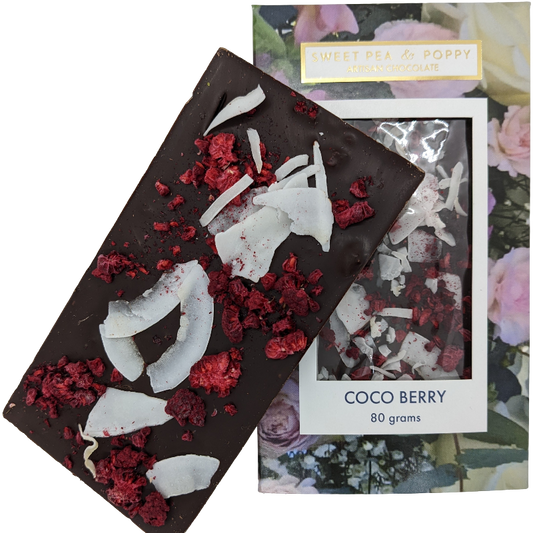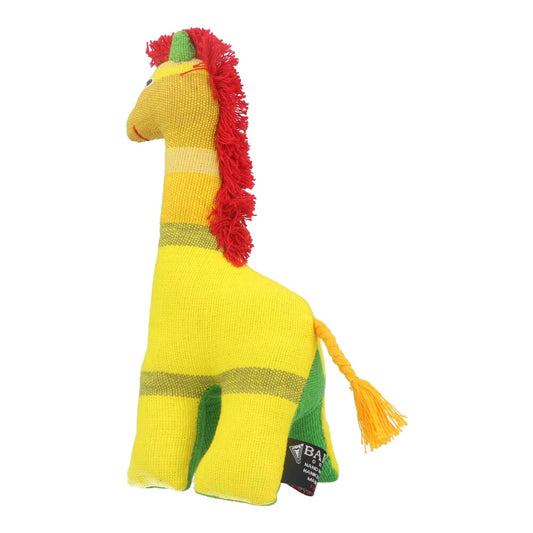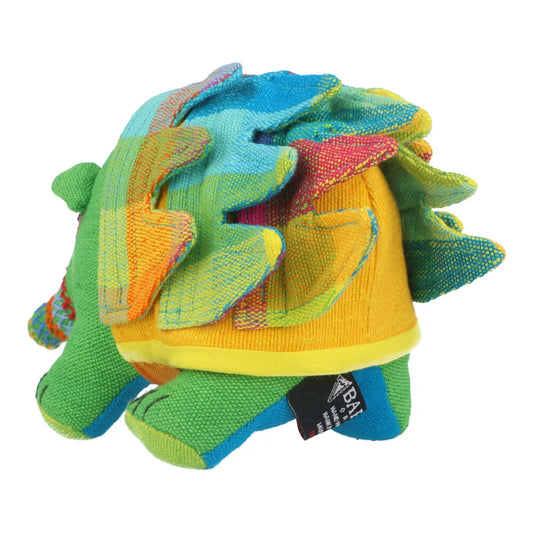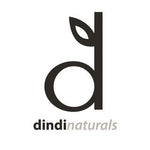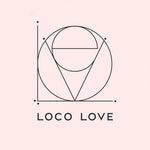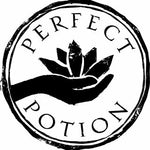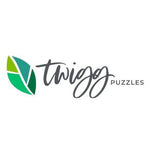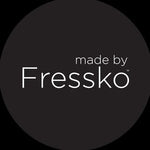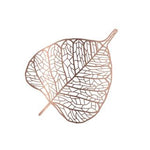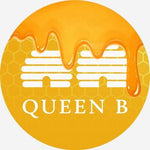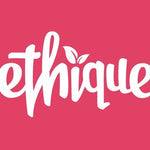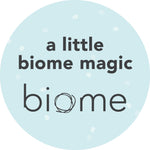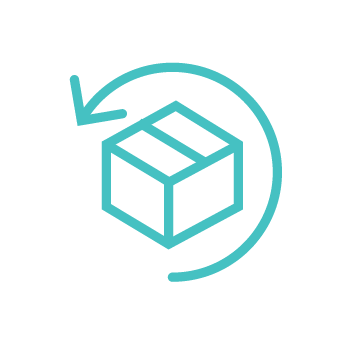Make your healthier nut mylk with less waste, no additives and more value!
Today you can find and make your own delicious, creamy alternative milks from nuts and seeds that satisfy many dietary and philosophical needs. There has been a dramatic growth in popularity of non-dairy mylks for a range of reasons from dairy allergy and lactose intolerance, to consuming more plant-based foods for health, ethical and environmental aims, or simply just for taste preference and variety.
While cows milk and nut milks are not the same nutritionally, nut milk is generally high in phosphorus, potassium, folate and magnesium, plus contains no cholesterol, lactose or hormones. It's also incredibly easy to make your own mylk! And, by making your own nut milk instead of buying packaged nut milk you can:
- avoid artificial additives and palm oil
- avoid non-recyclable packaging, even go zero waste right to the left over pulp
- support Aussie farmers
- get better nutritional value for your money.

What about store bought nut milk?
Did you know that some store bought nut milks contain as little as 2% nuts? (1) See the Choice article linked at the end. So, what is it that you're actually buying? Besides the minimal nut content, you are paying for water, emulsifiers, artificial sweeteners, synthetic vitamins, and sometimes even palm oil (in the form of vitamin A). Also, the nuts used to make the nut milk in stores across Australia generally come from overseas. This includes drought-affected places like California (which produces 80% of the world's almond supply) where in order to cope with demand, farmers have resorted to drilling into the ground to tap into aquifers. Not to mention the food miles to ship to Australia.
Packaging and its low recyclability is also an issue. While you can now find some non-dairy milks in plastic or glass bottles, most of the alternative mylks in Australia are packaged in Tetra Pak. Tetra Pak cartons are made up of several layers of polyethylene, aluminium and paperboard, and while they are recyclable, not all recycling facilities have the capacity to recycle them (3).
How to make your own nutritious nut milk
By making your own following the recipe below, your nut milk will contain approximately 33% nuts (this percentage will change if you alter the water content). This also means your homemade nut milk will be much higher in protein and other beneficial nutrients compared with store bought, and when you consider the nut content, better value for money too. Note: For simplicity, we've outlined a basic nut milk recipe here. Soy milk, coconut milk and rice milk, etc. can all be made at home too and you can find out how in the book, The New Milks by Dina Cheney.
Ingredients
- 1 cup of your choice of nuts (try hazelnuts, almonds, pistachios, pecans, walnuts, macadamia nuts, cashews, sunflower seeds, flaxseeds, pumpkin seeds, hemp seeds or a combination of these)
- 2 cups of water, plus extra for soaking
- Sweetener if desired (honey, dates, cane sugar, etc)
Tip: it's cheaper and better for the environment and our farmers if you choose to buy Australian grown nuts, package free and in bulk. Find package free nuts in bulk at your local bulk food store, some supermarkets, or direct from the farm. Almonds, cashews, peanuts, pecans, macadamias, hazelnuts and many more nut varieties are grown locally in Australia by Australian farmers.
Bring your bulk food bag along to transport your nuts home without plastic waste.
Equipment
- Large bowl
- Blender, food processor or Thermomix
- Nut milk bag
Tip: a nut milk bag isn't essential. You could also use a clean, loose weave linen tea towel, muslin cheese cloth or even pantyhose!
Method
- Soak nuts. In a large bowl, add nuts and cover with several centimetres of water. Cover with a clean tea towel or reusable wax wrap and let the nuts soak at room temperature overnight, or in the fridge for a couple of days. The nuts will soak up the water and begin to feel squishy and look plump. The longer the nuts soak, the creamier the nut milk will be.
- Drain and rinse nuts. Once your nuts have finished soaking, strain them using a mesh strainer or colander and rinse thoroughly under cool running water.
- Add nuts to a blender. Add the nuts and the two cups of water to a blender, Vitamix, Nutribullet, or food processor. Sweeten if desired.
- Blend until smooth. Pulse several times to break up the nuts, then blend on high speed for 3-4 minutes until smooth. The nuts should be broken down into very small meal, and the water should look white. Add a little more water if you desire a thinner, less creamy consistency.
- Strain the nut pulp. Set a mesh strainer or colander over a large bowl or jug. Line the strainer or colander with a nut milk bag. Pour the nut mixture over the top of the nut milk bag and twist closed. With clean hands, squeeze the nut milk bag to get as much milk as possible. You should get close to two cups.
- Refrigerate. Store your homemade nut milk in the fridge in a sealed bottle or container for up to four days. If it separates, shake to recombine. Don't throw the leftover nut milk pulp away. Below we share some delicious ways to use it!
How to use the leftover nut milk pulp - zero waste style!
If you make your own nut milk at home, you will be left with nut milk pulp. Don't throw this away! This pulp is fiber rich and good for you. Freeze the nut milk pulp in an ice cube tray, then pop the cubes out and store them in a glass container or a reusable bag in the freezer. You can use this delicious nut milk pulp in many ways:- Add a cube to smoothies
- Fold into pancake batter, porridge or overnight oats
- Mix some through toasted muesli before baking
- Add to curries
- Mix into biscuit batter or protein balls
- Make a crumble with coconut, honey and oats and sprinkle over fruit.
- Add to hummus and other dips
- Make crackers by combining the pulp with olive oil, seeds, and bake until crispy
What can you make with nut milk?
Drink nut milk as it is, add it to smoothies, tea or coffee, or pour over cereal.
Dina Cheney's book The New Milks, is packed full of dairy free recipes that use nut milk, including puddings, muffins, curry dishes, soups, dressings and pasta. This book also shows you how to make your own soy milk, rice milk, quinoa milk, oat milk, coconut milk and more.
Find how to make home made ice blocks here
Is there an easier alternative?

Sure is! Ulu Hye's nut milk base is a concentrated paste that allows you to make your own creamy nut mylk at home without having to soak nuts overnight. It is nutritious and simple, made up of Australian Certified Organic ingredients and contains no artificial additives or palm oil.
Packaged in a reusable glass jar. One jar will make up to 10L of nut milk. Find Ulu Hye nut milk and hemp milk bases here >
Check out all our supplies for making your own cheese, kefir, yoghurt and milk.
Further Reading
(1) www.choice.com.au/food-and-drink/dairy/milk/articles/almond-milk
(2) www.smh.com.au/lifestyle/health-and-wellness/the-unhealthy-truth-about-almond-milk-20151109-gkupts.html
(3) treadingmyownpath.com/2014/09/11/why-tetra-paks-arent-green-even-though-theyre-recyclable/






